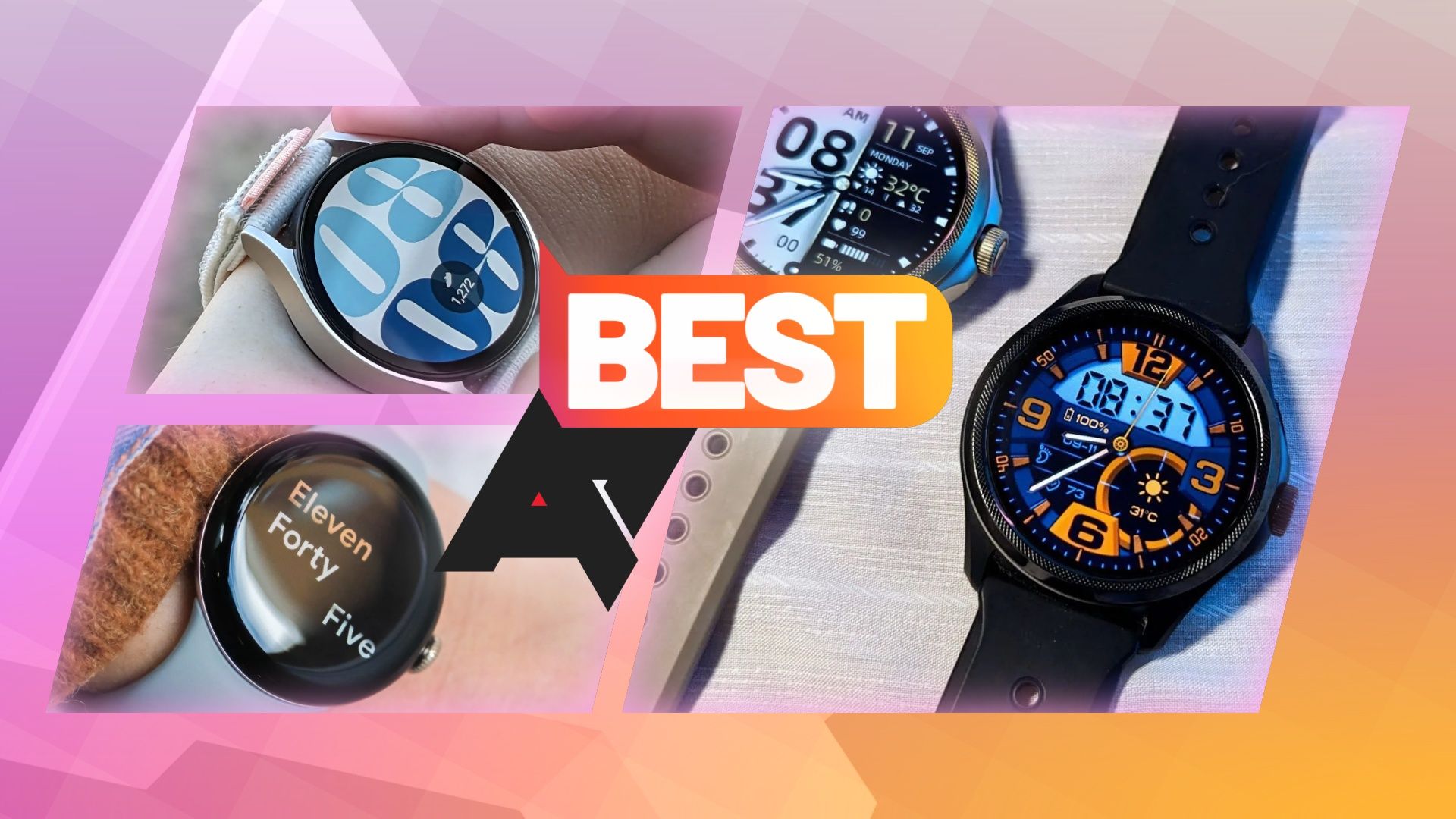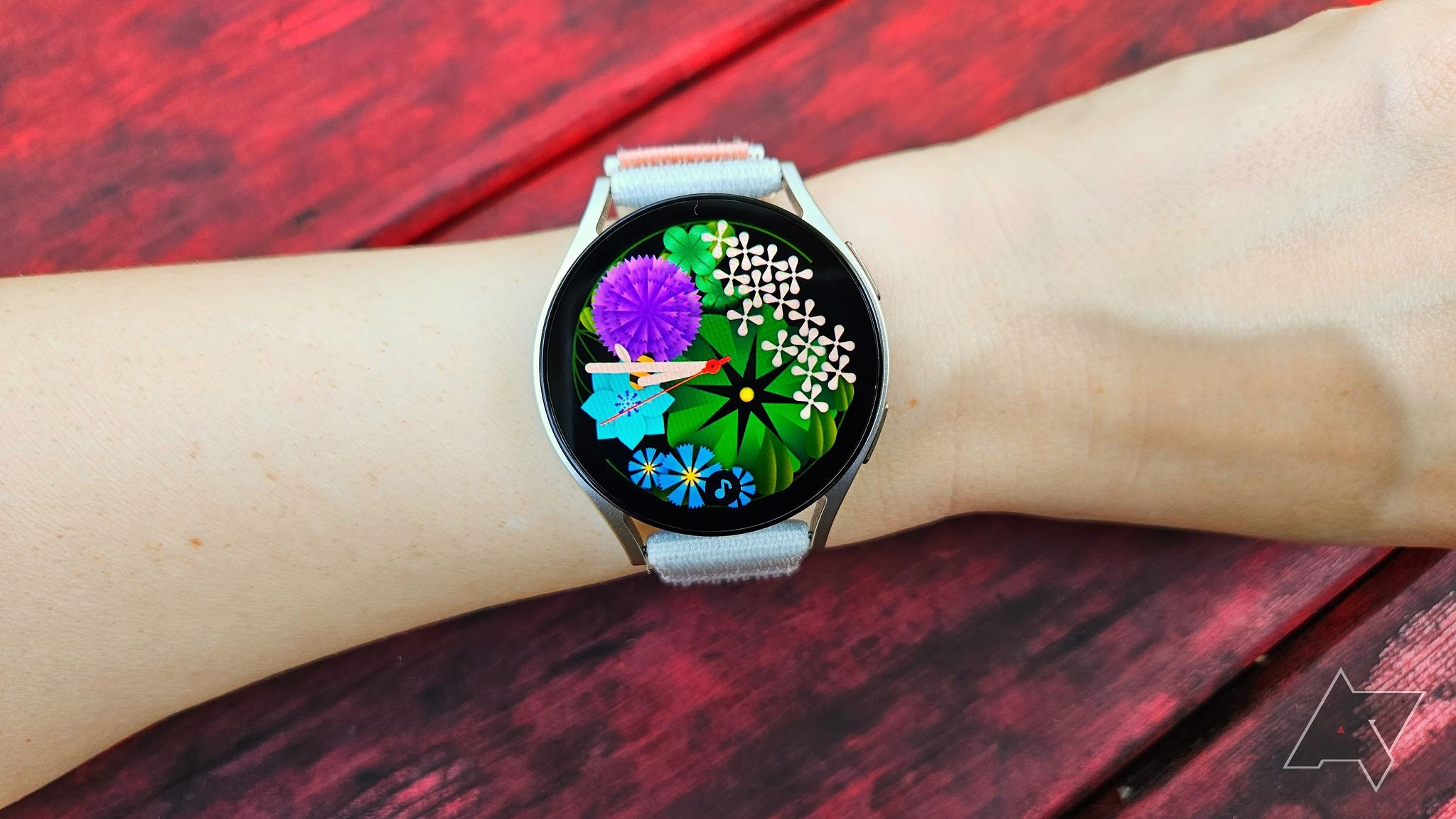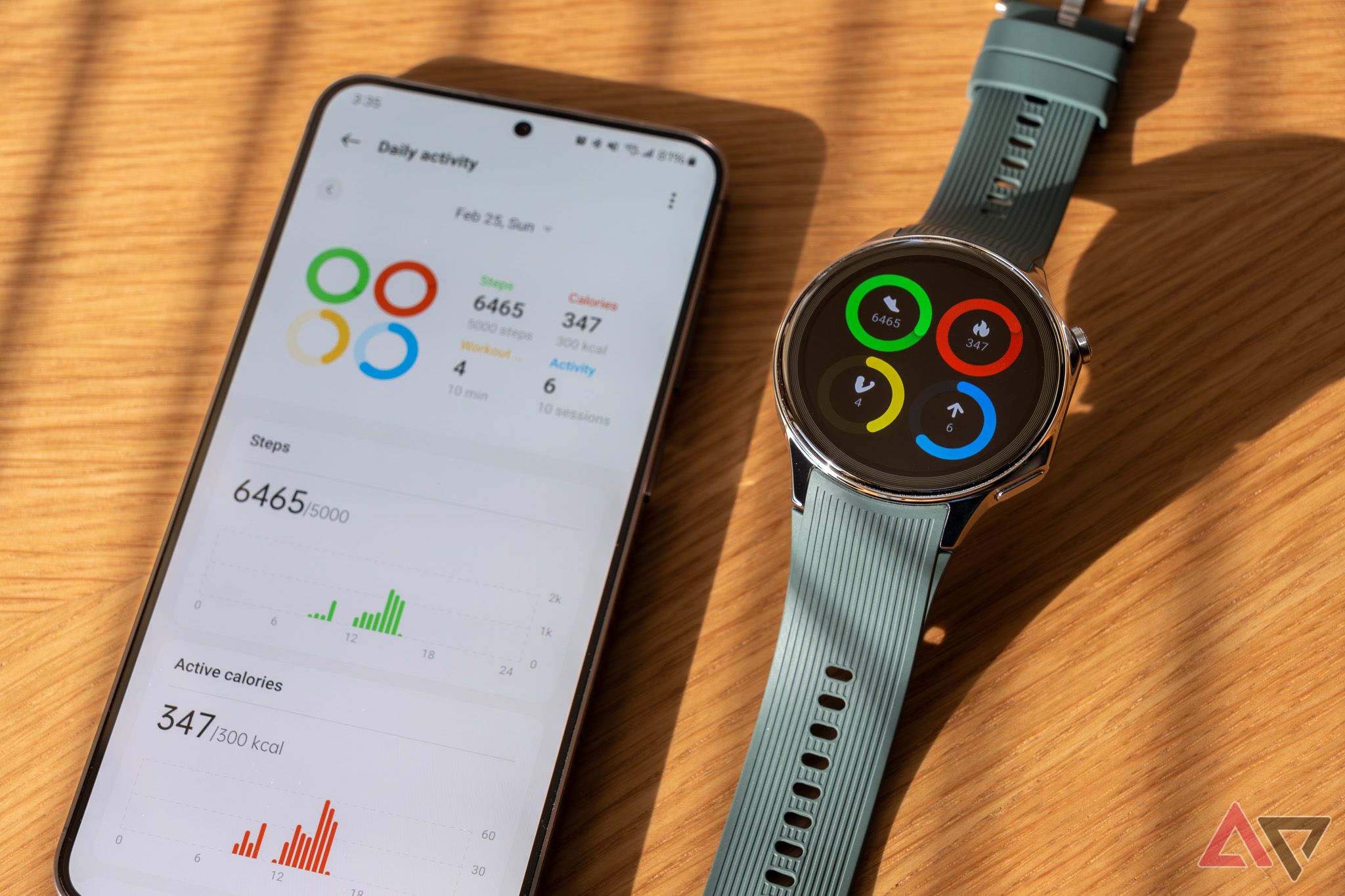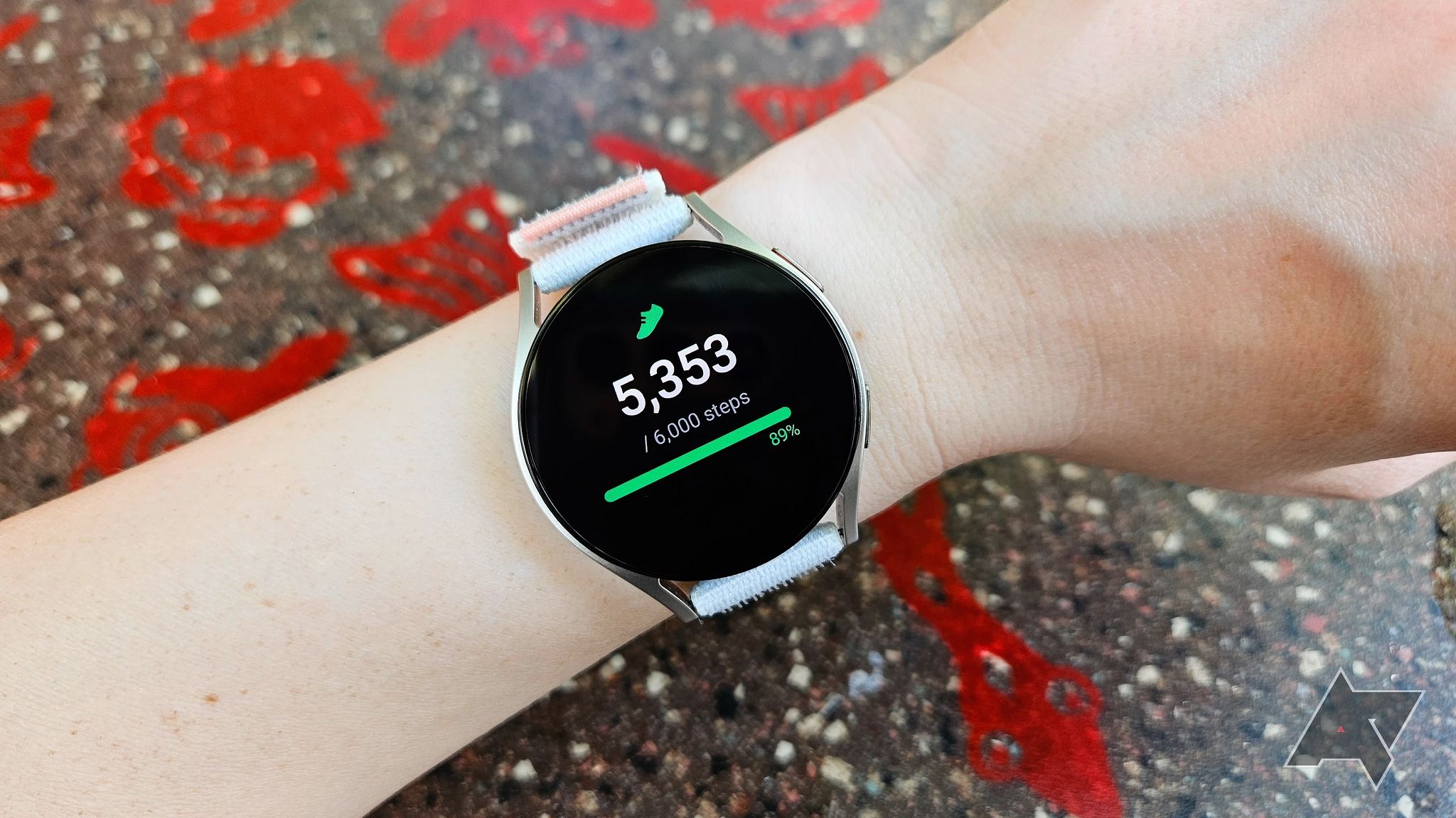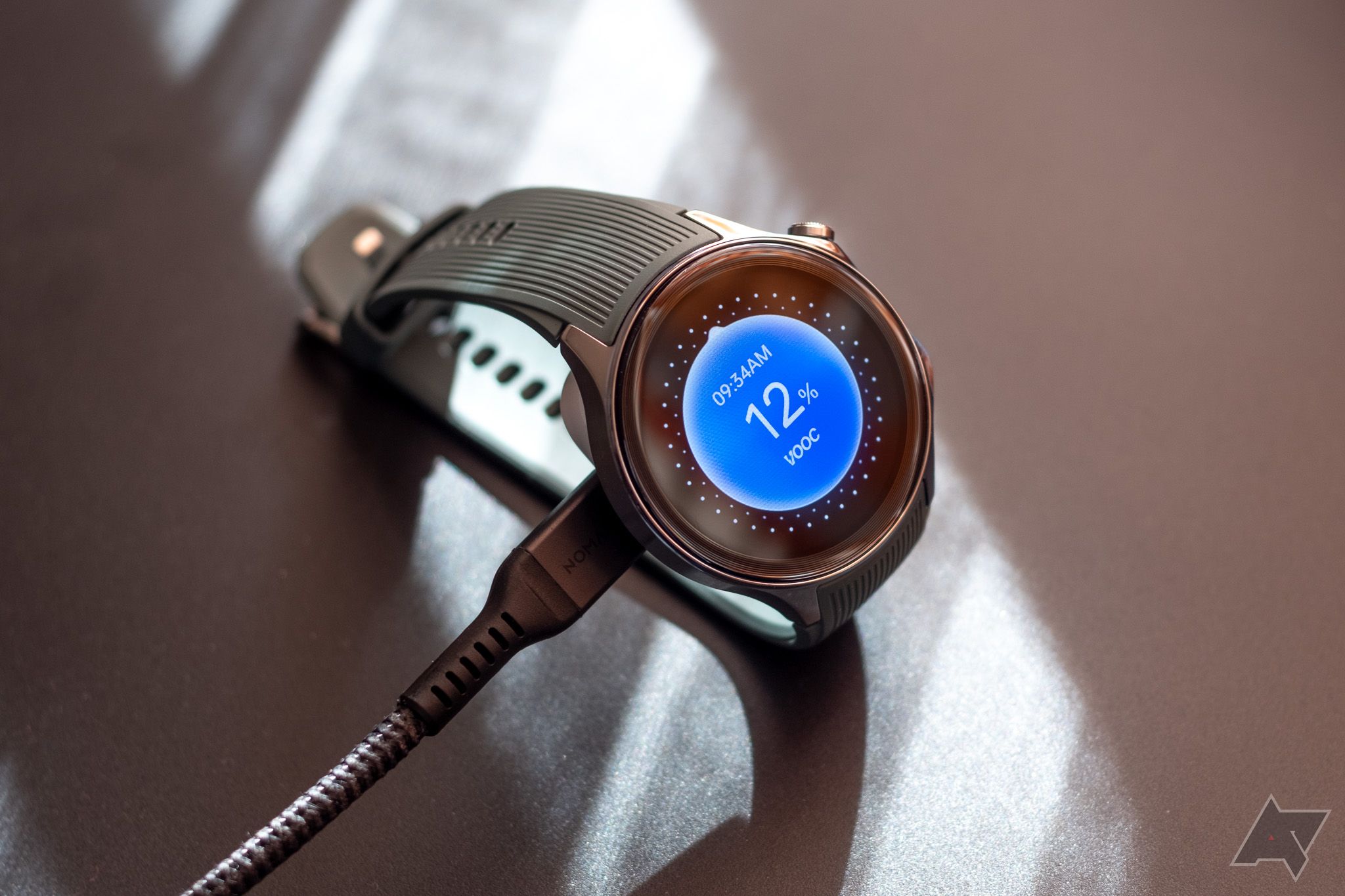-
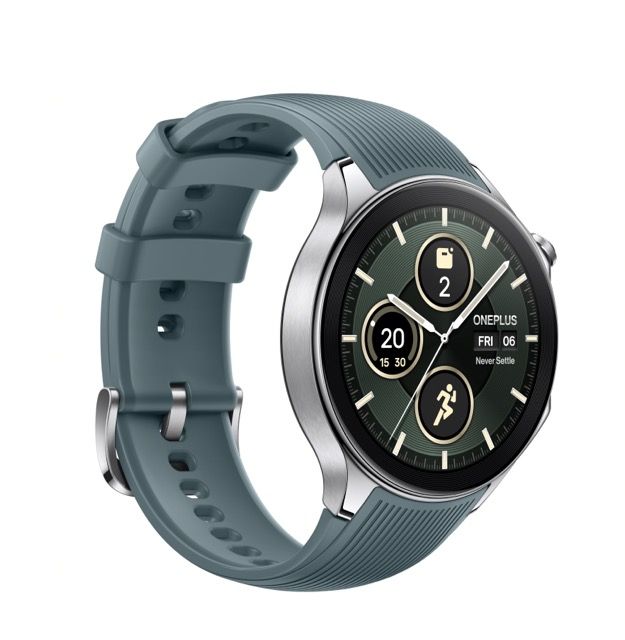
OnePlus Watch 2
Flashy comebackOnePlus re-enters the smartwatch space with the Watch 2, standing out for its pleasing aesthetic and excellent battery life. However, there are some kinks to work out in the user experience that would only make it better.
Pros- Superb battery life with fast charging
- Looks good with quality hardware
- Good general performance
Cons- Rotating crown doesn’t do anything
- Health tracking needs improvement
- No LTE variant
-
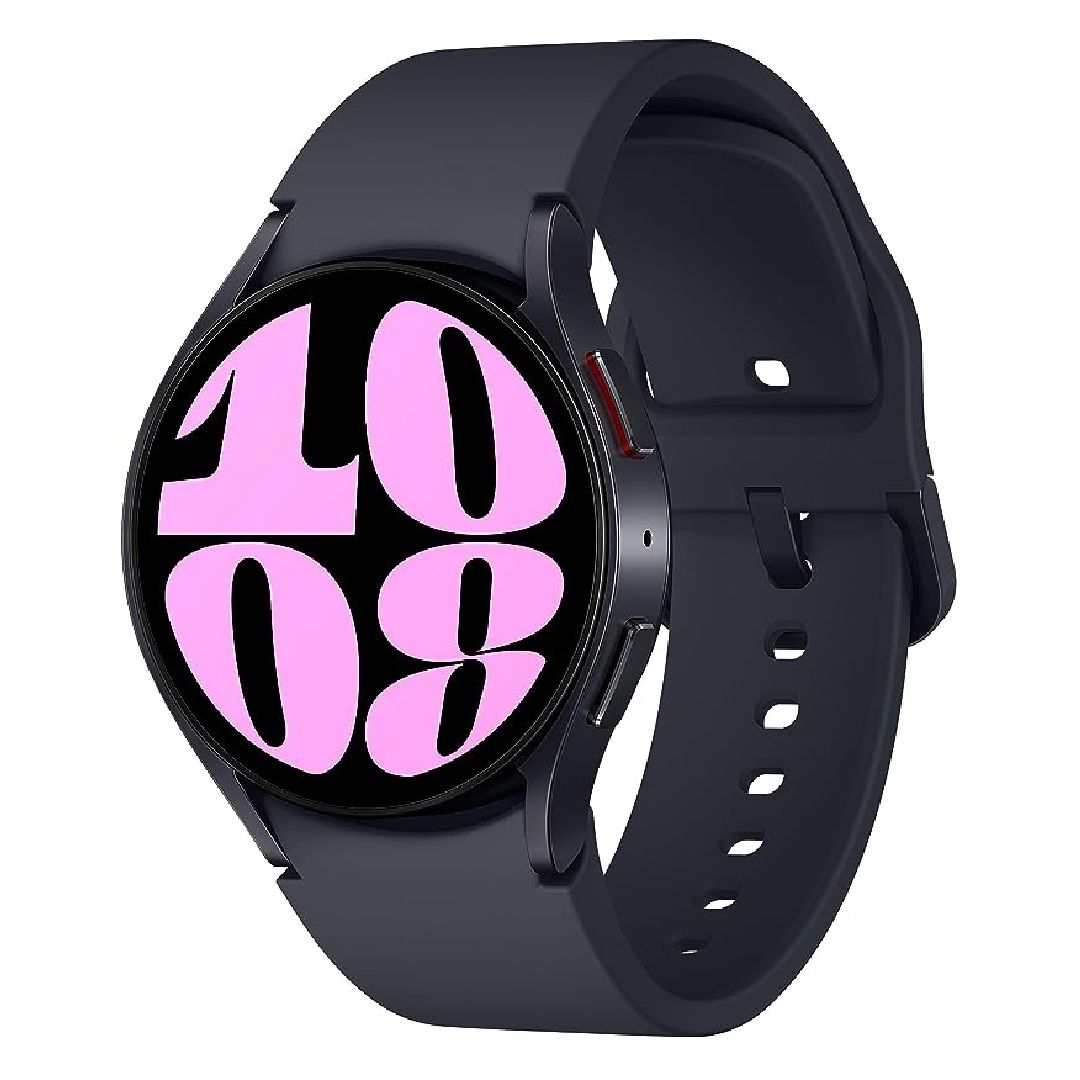
Samsung Galaxy Watch 6
Established player$240 $300 Save $60The Samsung Galaxy Watch 6 is a benchmark for all Android wearables, running the latest version of Wear OS, and offering exclusive extras for those in the Samsung ecosystem.
Pros- Great performance
- Excellent phone integration
- LTE variant is an option
Cons- Battery life isn’t as strong
- Some features exclusive to Samsung phones
Wear OS smartwatches come in many varieties, but they generally attempt to accomplish the same result, which is to mix useful design and functionality. The OnePlus Watch 2 is OnePlus’s first foray into Wear OS, adding to its newer design and focus on integrating with all Android phones, not just its own.
It’s up against an established trend-setter in the Samsung Galaxy Watch 6, a Wear OS stalwart in its own right. It’s a device that delivers an excellent feature set balanced between health and fitness, along with phone integration; it offers a lot to like out of the box. There are compelling reasons to go with either watch, which is why they’re both among the best smartwatches for Android. So, what details stand out between them to make your decision easier?
Price, availability, and specs
The OnePlus Watch 2 is $300, but OnePlus also offers perhaps the most generous trade-in incentive of any wearable brand. It will accept devices from an extensive brand list — and in varying conditions — to reduce the price of the Watch 2 further. It even offers to refund the difference if it drops the price of the Watch 2 within 14 days of your purchase.
The Samsung Galaxy Watch 6 comes in two sizes: 40mm and 44mm. The 40mm starts at $300 for the Wi-Fi/Bluetooth version, whereas the LTE variant usually starts at $350. For the 44mm size, you’ll find the Wi-Fi/Bluetooth version starting at $330, while the LTE variant goes for $380 — but bear in mind that you’ll often find deals under $300 for all these models.
Samsung offers trade-in offers of its own, accepting smartwatches from Samsung, Fitbit, Garmin, Fossil, and Apple. Google and OnePlus are conspicuously missing from the list, though there is an “Other” option their devices would fall under.
The OnePlus Watch 2 comes in Radiant Steel and Black Steel color variants, while the Galaxy Watch 6 comes in Silver, Graphite, and Gold, with a multitude of band types and colors to choose from upon purchase as well.
-
OnePlus Watch 2 Samsung Galaxy Watch 6 Case size 47mm 40mm, 44mm Case Material Stainless steel Aluminum Display 1.43″ 60Hz AMOLED 1.3″ Super AMOLED Display resolution 466 x 466 432×432 (40mm) or 480×480 (44mm) CPU Snapdragon W5, BES2700 Exynos W930 RAM 2GB 2GB Storage 32GB 16GB Battery 500mAh 300mAh (40mm) or 425mAh (44mm) Cellular connectivity No LTE (optional) Wi-Fi connectivity Yes Wi-Fi 6 Software Wear OS 4 Wear OS 4 and One UI 5 Watch Health sensors Heart rate, SpO2 Samsung BioActive Sensor, Temperature Sensor, Accelerometer, Barometer, Gyro Sensor, Geomagnetic Sensor, Light Sensor Dimensions 47 x 46.6 x 12.1mm 38.4 x 40.4 x 9mm (40mm) or 42.8 x 44.4 x 9mm (44mm) Weight 80g (with strap) 28.7g (40mm) or 33.3g (44mm) IP Rating IP68 IP68 Strap size 22 mm 20mm Colors Black Steel, Radiant Steel Graphite, Gold, Silver Price $300 From $300
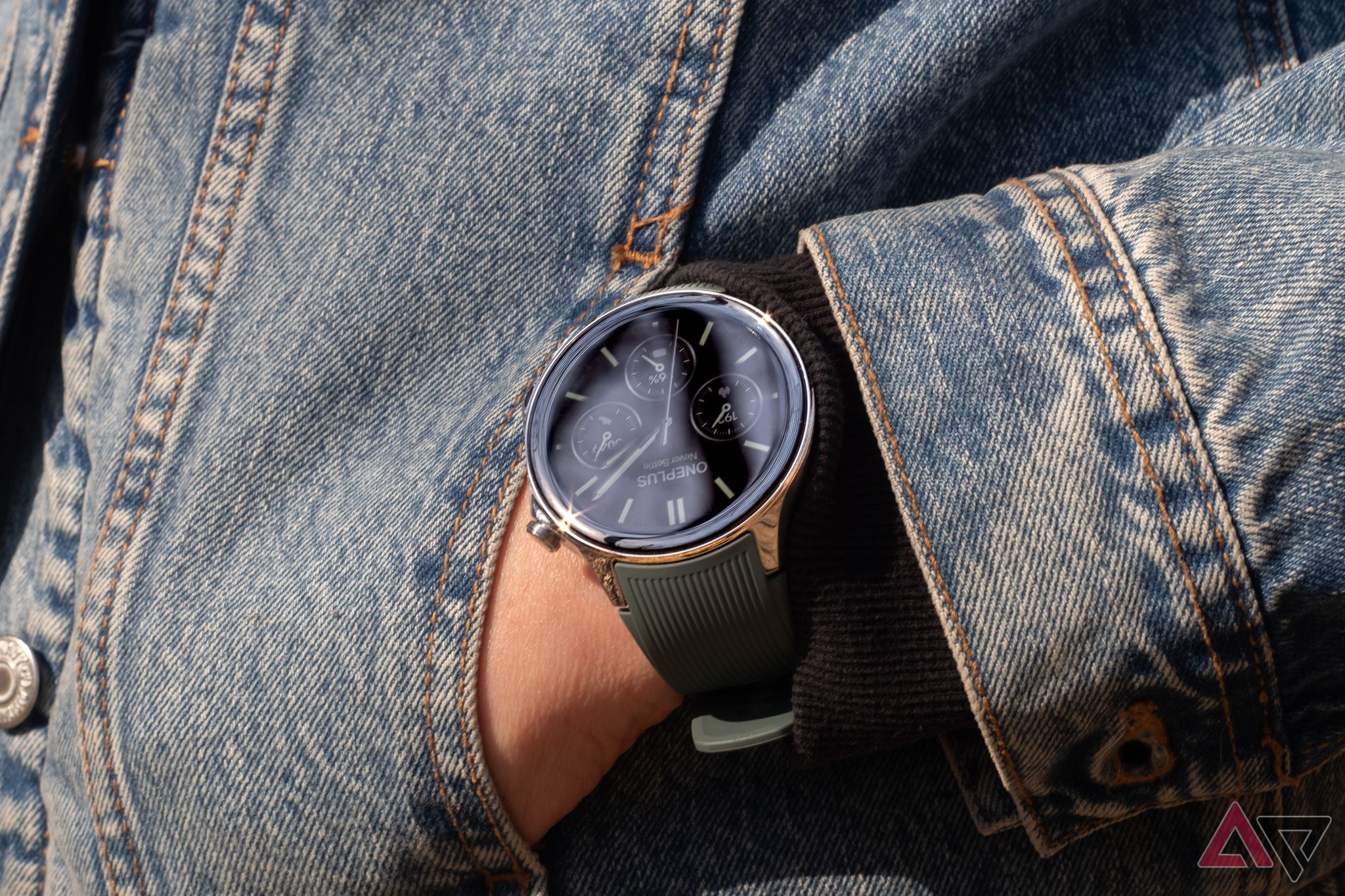
OnePlus Watch 2 review: Worth it for the battery alone
With two chipsets and two operating systems, the OnePlus Watch 2 offers revelatory battery life — but not much more
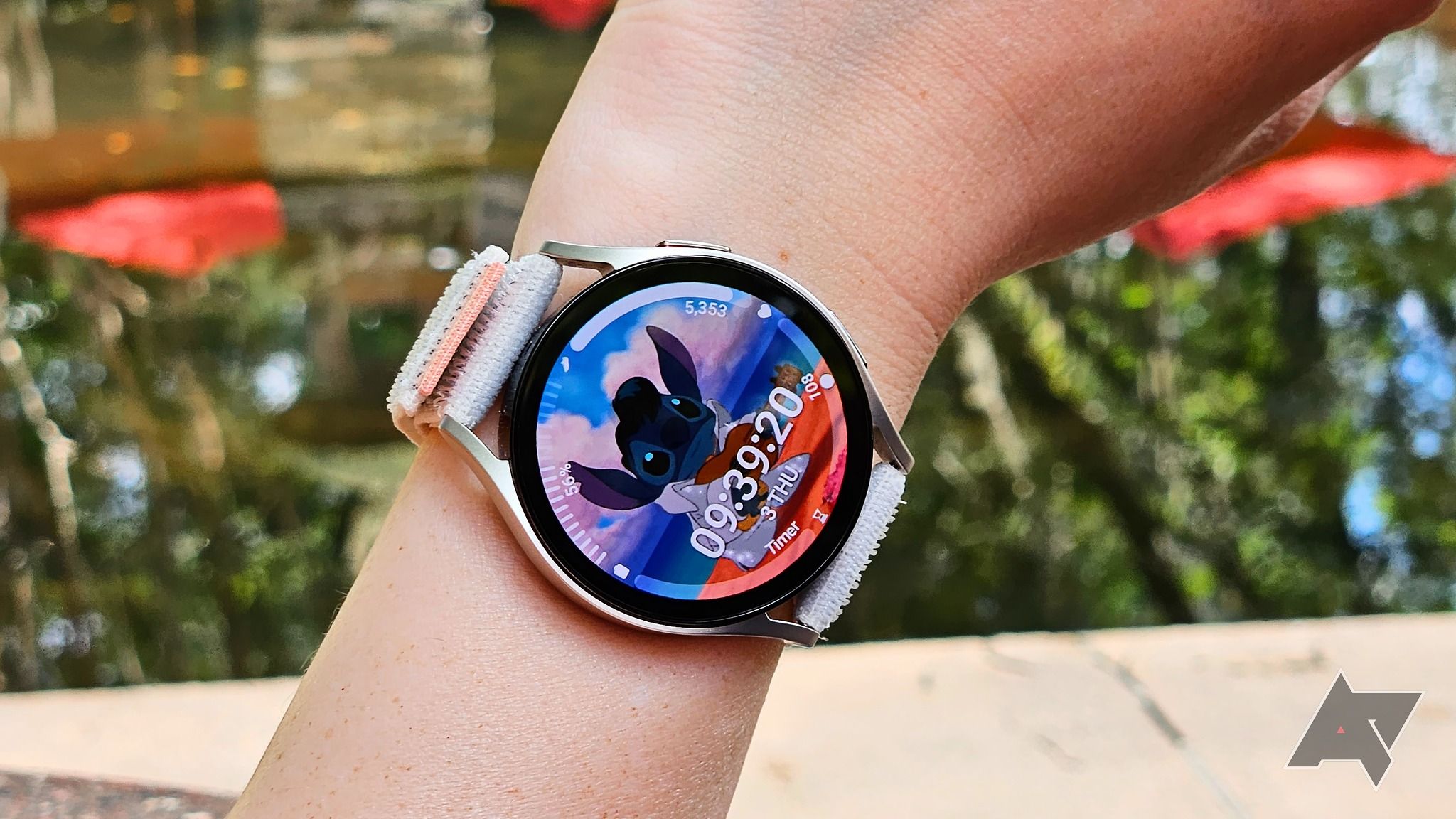
Samsung Galaxy Watch 6 review: Bright but never bold
Call it boring, but it’s still the best Android smartwatch, hands down
Design
OnePlus last released a smartwatch in 2021, but that model bears little resemblance to the Watch 2, which is also larger this time around. The 47mm size sounds like a big difference over the Galaxy Watch 6 but is not quite as overwhelming on the wrist as it may seem on paper. What’s odd, even with the larger display, is the fact the digital crown doesn’t do anything when you rotate it, leaving out a functional opportunity to navigate the Wear OS interface.
The Galaxy Watch 6 may be missing the rotating bezel that’s been a fixture on the Galaxy Watch Classic models going back many years, but it does have one with haptic touch to go with the crown’s own rotation. You get sapphire crystal for both watches to protect their respective AMOLED displays.
OnePlus uses a stainless steel body for the Watch 2, which is part of the reason for the additional heft and weight compared to the aluminum body Samsung chose with the Galaxy Watch 6. Despite the larger size, OnePlus didn’t equip its watch with the same number of sensors Samsung did.
While the Galaxy Watch 6 Classic more strongly resembles a classic timepiece, the Watch 6 veers a little toward what smartwatches often look like. The OnePlus Watch 2 looks more like the former than the latter. So, it’s a good thing you can easily swap out bands and straps for either model, given they use standard lugs (20mm for the Galaxy Watch, and 22mm for the OnePlus). If you want to outfit the watch with a different color, material, or style, it’s a pretty seamless switch. For a strap designed specifically for your new smartwatch, though, you’ll find a greater supply for the Galaxy Watch 6.
Software
OnePlus implemented a clever dual-chip system that sees the Watch 2 run Wear OS 4 on a Snapdragon W5 chipset in tandem with a low-power BES2700 chipset real-time operating system (RTOS). The two delegate tasks where the Snapdragon chip handles the gist of what Wear OS does, while RTOS takes care of the background tasks like maintaining the connection to your phone and how the health sensors perform.
The Galaxy Watch 6 has a very different architecture inside, running on Samsung’s own Exynos W930 chip, which in itself is a notable upgrade from the W920 chip that had previously powered the Galaxy Watch 4 and 5. It may lack dual processors, but the Galaxy Watch 6 doesn’t suffer for it; it’s still a snappy performer.
In either case, though, both brands try to imprint their own visual preferences into the software. So, while they run Wear OS, they don’t necessarily look the same, which is obvious from the watch faces and the layout for exercise tracking and third-party apps. Menus also look different, with OnePlus’ Planet view taking a page out of the Apple Watch playbook, so it doesn’t feel as intuitive as the way Samsung presents app icons on the Galaxy Watch.
There’s no inherent advantage to how the Watch 2 and Galaxy Watch 6 utilize third-party apps, but activity and health tracking differ because of the available onboard sensors and how the data is received by the dedicated apps. OnePlus uses its own OHealth app, while Samsung Health is the base for Samsung’s watch.
It is worth noting these brands also make smartphones, yet exclusivity is only a one-way street here. OnePlus doesn’t limit any features to OnePlus devices, whereas Samsung does lock certain things down that way. For example, you can use the Galaxy Watch 6 to control the camera on your Samsung phone, along with Samsung’s Galaxy Buds. You simply can’t do those things on other Android devices paired with the watch.
Health & fitness
Samsung has been doing this for longer, so you would expect a more seasoned and adaptive feature set, which is what the Galaxy Watch 6 can deliver. More expansive sleep tracking helps round out a pretty solid package that also includes electrocardiogram (ECG) readings, skin temperature measurements, and automatic exercise tracking for select workouts. Outside the U.S., you can also try the blood pressure monitor feature (in select countries).
Mind you, the ECG and BPM features only work with Samsung phones. On the plus side, none of it hides behind a paywall, so you get the full gamut of what Samsung offers without paying a dime. And while Samsung Health isn’t a customizer’s dream, it bends enough to put the data you want to see front and center.
In contrast, the OnePlus Watch 2 doesn’t come with the same level of features, particularly with the absence of onboard sensors and how it tracks health and fitness. For example, you won’t get ECG or skin temperature readings, and sleep tracking may not feel as extensive if you value coaching as an added benefit.
OnePlus also needs to tighten up accuracy, which is possible through software updates. As is, the OHealth app offers a good level of overall tracking, making it ideal for those who want a more general focus on daily activity, exercise, and sleep tracking, including blood oxygen via the SpO2 sensor.
Battery life
OnePlus’ pedigree in battery life is renowned on the smartphone side, and it brings the goods on the wearable side, too. The Watch 2 provides up to 100 hours on a single charge based on mixed usage, which feels like an eternity for a Wear OS watch. One of the biggest reasons it pulls this off is because of the dual Wear OS-RTOS system that manages power consumption in ways other models simply can’t replicate. It uses a proprietary charger with magnetic pins that attach to the watch’s bottom.
The Galaxy Watch 6 has no hope of hitting 100 hours per charge — unless you get really drastic and stay in battery-saving mode, which isn’t practical. But you can stretch out Samsung’s watch for a good two days, so you won’t necessarily have to charge it every single day. It’s also convenient that it works on any Qi-enabled wireless charger, so you can easily replenish it if you don’t have its base handy. It won’t charge as fast as the OnePlus Watch 2, but it is better than its predecessors.
Which should you buy?
Off the bat, Samsung offers two sizes to choose from, both of which are smaller than OnePlus’ singular option. If size matters, it may be an easy choice to make. OnePlus didn’t make a massive watch in comparison, so that’s also something to consider. Apart from the smaller display, the thickness between them won’t feel substantially different. No question, though, Samsung’s Galaxy Watch 6 is noticeably lighter in comparison.
The fact that there’s no LTE variant for the OnePlus Watch 2 is a drawback if you want the standalone connectivity, but the Wi-Fi/Bluetooth Galaxy Watch 6 doesn’t do much more when paired with a phone. Wear OS will look different on either watch in this matchup, but the apps you use will largely run the same, making OnePlus’ longer battery life a real advantage in day-to-day use. They are both solid wearable devices, so it’s not like there’s a bad pick between them. But you’ll have to weigh the compromises with the features you want most on your wrist.

OnePlus Watch 2
Big, bold, and a beauty
The OnePlus Watch 2 is a sturdy smartwatch that offers various features and functions through Wear OS with incredible battery life.
The Galaxy Watch 6 will look and feel familiar to those who have previously owned a Galaxy Watch. For those unfamiliar, it offers one of the deepest smartwatch experiences, particularly for Wear OS and for Samsung phone users, who get the extras others don’t. If you want something more out of your smartwatch, you won’t fare poorly with this Samsung model.

Samsung Galaxy Watch 6
Tried and true
The Samsung Galaxy Watch 6 runs on a more efficient chipset that helps it last longer per charge while continuing to offer one of the broadest feature sets of any smartwatch available.




